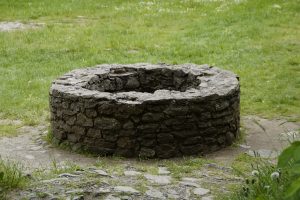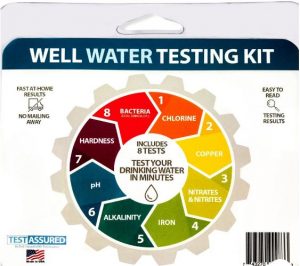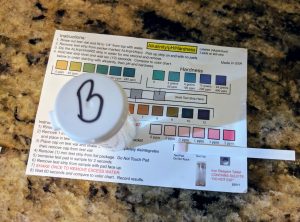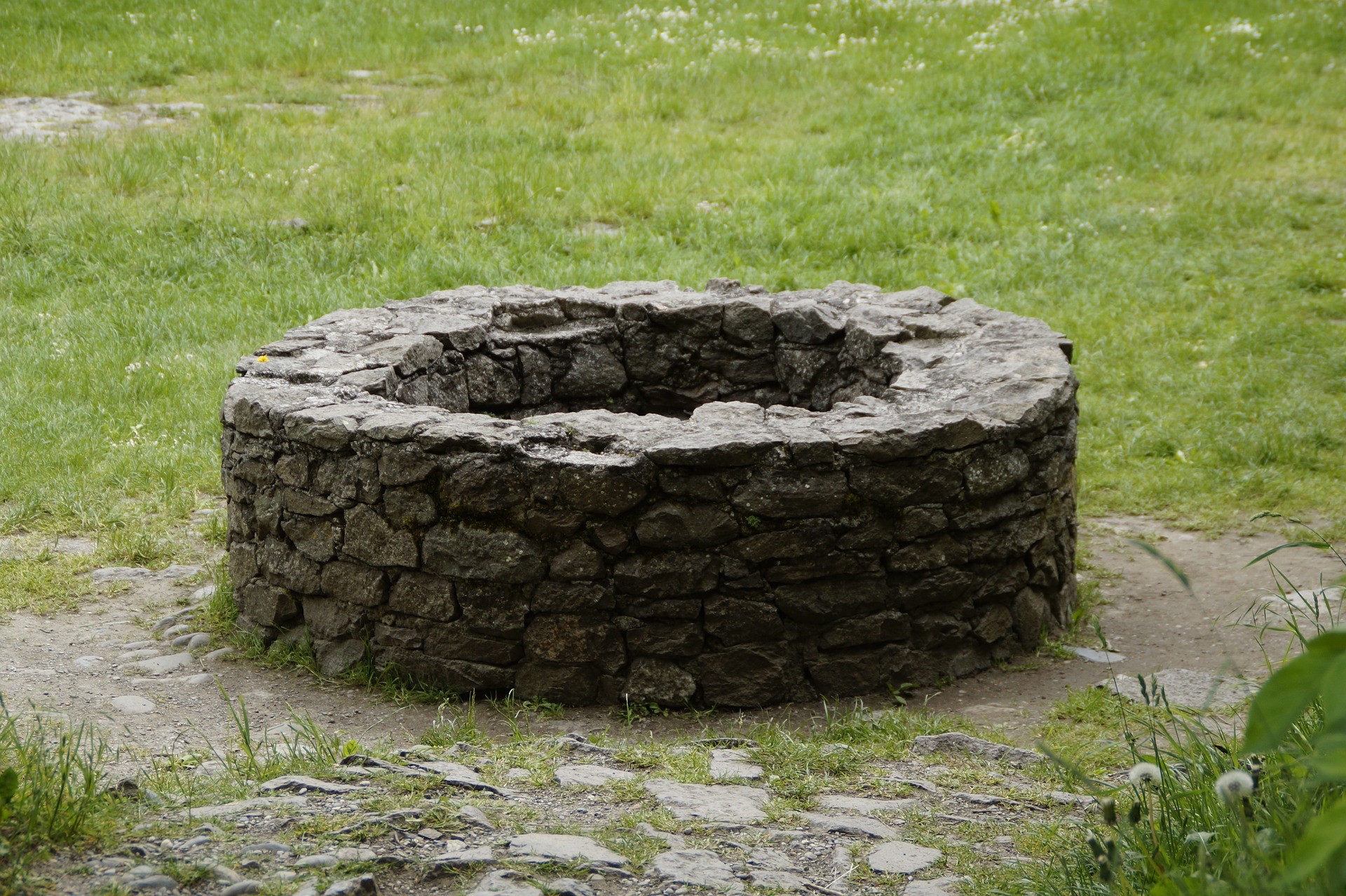In the United States, over 15% of the population get their drinking water from private wells. Even more well water is used for livestock watering, irrigation, chemical spraying, farming, and industrial purposes. Unlike public water, private water is not regulated by the EPA or other government agencies. Testing well water is important to ensure the quality is suitable for the intended use. It’s even more important to test drinking water regularly to make sure that harmful contaminants are not ingested by humans or animals.

Water from Natural Aquifers
Well water comes from natural aquifers that store water underground. There is almost 30 percent more water stored underground than in all streams, lakes, and rivers combined. This plentiful source of water can be accessed by drilling deep into the ground through the bedrock layer. The amount of water available depends on the depth of the well and the size and shape of the aquifer. In order for the aquifer to be replenished, it must continually absorb precipitation that filters through the soil and down into the bedrock. It is possible for a well to run dry when more water is used than can be absorbed back into the aquifer. When this happens, it may be possible to drill further down to reach another aquifer or a new well may need to be drilled in another location.
Well Construction
A properly constructed and maintained well can reduce the risk of contaminated water. The location of the well should encourage rainwater to flow away from it. This prevents pools of water from seeping through the soil and picking up pollutants that may ruin the quality of the water.
There are three common types of wells built for drinking water. Dug wells are 10 to 30 feet deep holes dug in the ground and lined with bricks or other materials for structural support. Because they are so shallow, these wells have the highest contamination risk. Driven wells are mechanically hammered into the ground and pull water from the water-saturated zone. Although slightly deeper than a dug well at depths up to 50 feet, they sill have a moderate risk of contamination. Drilled wells can reach anywhere from 100 to 400 feet and use metal or plastic casings to protect the water. While drilled wells have the lowest risk of contamination, no well can be guaranteed to always provide safe water.
Sources of Contamination
Groundwater can become contaminated from a number of sources, both above ground and below the surface. Heavy rains, melting snow, and flooding can carry with it harmful organisms and particulate. A well that is too close to the surface can become contaminated with microorganisms. Depending on the local area, groundwater may contain copper, nitrates, nitrites, and other contaminants.
Many of the pollutants that are cause for concern can easily go undetected. They are colorless, odorless, and tasteless. Contaminated well water can cause a variety of health symptoms including gastrointestinal issues, fever, nausea, and long-term illness. High levels of minerals and alkaline can cause scaling and damage to pipes, fixtures, and water-using appliances.
Older wells are at a greater risk for contamination from surface water because past requirements were not as strict. Newer wells are built to include better protection from pollutants with such features as sanitary well caps, grout seals, and extended casings. Despite the improved design, even new wells deteriorate and should be regularly assessed for damage.
Testing Your Well Water
The EPA is responsible for protecting public water supplies, but there are no regulations that govern private wells. As a well owner, it is your responsibility to make sure that your drinking water is safe.
There are many options for testing well water to assure that it is safe to drink. Private companies can collect samples, or you can mail samples to a lab for analysis. This can be costly depending on the number of times a year you need to test, and it may take up to several weeks for results. Another alternative is to first test with a home testing kit and follow up with laboratory tests for more specific analysis if the initial tests reveal a cause for concern. The TestAssured Well Water Test Kit is perfect for homeowners who rely on groundwater and well water for their drinking and irrigation needs. The kit includes everything you need to test for chlorine, copper, nitrates, nitrites, iron, alkalinity, pH, hardness, and bacteria.

How Often Should You Test Your Well Water?
If your drinking water comes from a private well, the CDC recommends that you should perform water quality tests at least once a year. If you have a shallow well that is less than 100 feet deep, it is good practice to test more often. Additional testing is recommended after excessive flooding or disturbances to the soil near your well. Tests should also be performed any time a neighboring well has tested positive for contamination. A change in taste, color, and smell are also an indication that the water should be tested.

Be sure to compare your test results to the EPA recommendations and guidelines for water quality limits. If you are concerned about contamination levels revealed by the tests, further testing may be necessary. Consult your local health department for advice.

